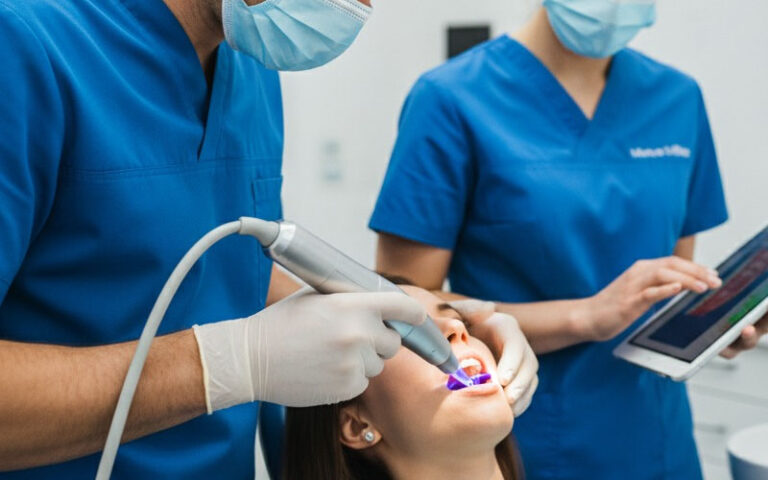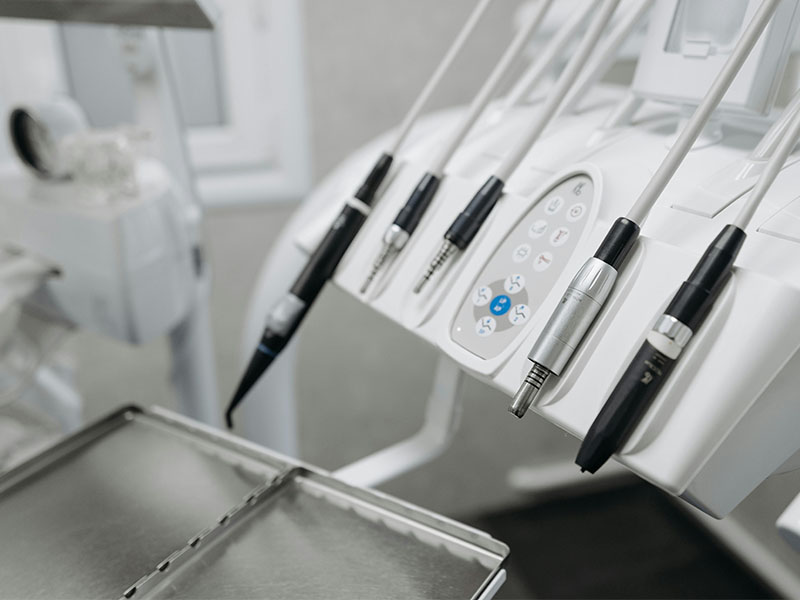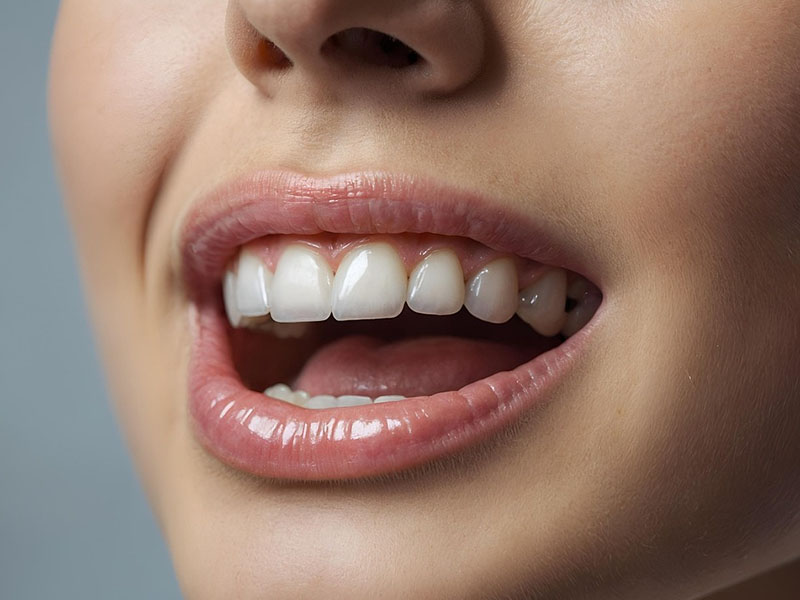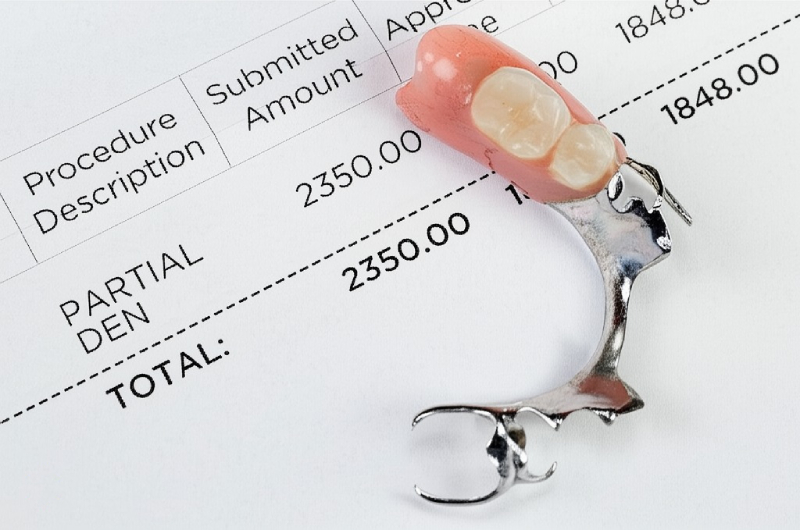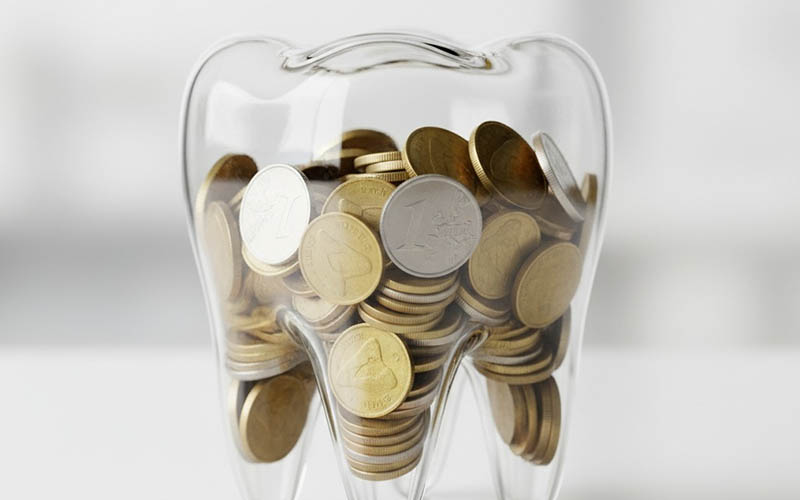
Do All Dentists Charge the Same? Figuring Out the Real Costs of Dental Care
Have you ever wondered, “Why does my friend pay much less for a crown than I do—even though we live in the same city?” Or maybe you called a handful of dental offices and got prices all over the place for the same treatment. If you’re looking for answers, you’re in the right spot. Dental prices can be confusing, unpredictable, and—let’s be honest—a little stressful. It’s normal to want things to make sense before you head to the dentist or plan your yearly budget.
Let’s break it down together. I’ll explain why dental costs aren’t always the same, how to compare prices with confidence, and what you can do right now to get good care without breaking the bank. This is your handy guide—simple, honest, and full of tips you can use.
Table of Contents
Why Dental Prices Are Different
Let’s answer your question first: No, dentists don’t all charge the same. In fact, prices can be all over the map—not just between states, but even between two places down the street from each other.
That can seem unfair, maybe even a bit shady, right? The real story is, your dental bill isn’t only about the actual treatment. There’s a lot going on behind the scenes, like what it costs to run the dental office and what kind of stuff your dentist uses. Sometimes, it’s kind of like wondering why one cup of coffee costs $2, yet a fancier coffee down the block costs $8. All coffee, but not the same price.
So why are dental prices so different? What actually changes the cost? Let’s look at what really goes into what you pay.
Main Things That Change Dental Pricing
If you know these things, you’ll feel less confused—and a lot more ready to make smart choices as a patient. Ready to dig in? Here we go.
1. Where You Live Changes Everything
Don’t be shocked if dental prices seem like a wild ride, depending on where you are. Here’s why:
- Living Costs Matter: Dentists in big cities like New York, LA, or San Francisco have to pay higher rent, pay their helpers more, and deal with more taxes than someone in a little town. Those extra costs get passed on to you.
- State and Local Rules: Some states have tougher rules, require more equipment, or make dentists pay for expensive insurance. That all goes into the final price.
- City vs. Suburb vs. Rural: Downtown clinics usually cost more because of higher demand and more services, while those out in the country may be cheaper—if you can even find a specialist there.
Example:
A porcelain crown could be $900 out in rural Oklahoma, but over $2,000 in Manhattan. Even a simple cleaning might be anywhere from $80 to $200 depending on location.
2. Dentist’s Experience, Training, and How Well-Known They Are
Think about dentists like cooks. Some know how to make everything, while others have learned for years to make the best sushi or desserts. Dentists with more training or special skills charge more.
- General Dentists vs. Specialists: A regular dentist does checkups, fillings, and basic extractions. But if you need braces (orthodontist), a root canal (endodontist), or gum work (periodontist), you’ll pay more for their special skills.
- Years in the Business and Reviews: An experienced, popular dentist will likely charge more than someone new. All those classes and happy patients mean higher bills.
Example:
A root canal with a specialist can be 15–50% more than with a regular dentist—sometimes you also get faster work or better pain care.
3. Type and Difficulty of the Procedure
Not every dental job is the same—and not every mouth needs the same thing.
- Easy vs. Hard Procedures: A cleaning is simple, quick, and doesn’t need fancy tools. Getting an implant? That takes planning, x-rays, maybe even being put to sleep, and several visits.
- What Materials Are Used & Time Spent: Cheap fillings use metal, but white ones match your teeth and cost more. Fixing a front tooth takes more work (and skill) than a back tooth and might cost you.
Example Ranges:
Fillings: $150–$450;
Crowns: $800–$2,500;
Implants: $3,000–$6,000+.
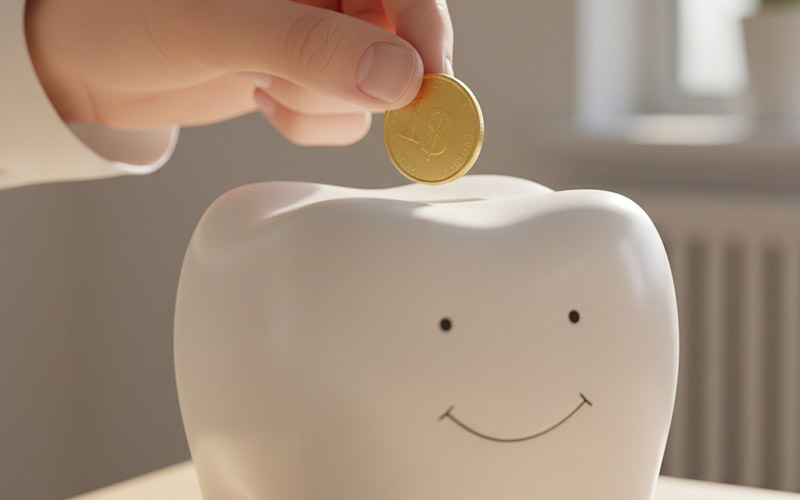
4. Office Costs, Equipment, and Extras
Walk into different dentists’ offices and you’ll see: some are simple; some look like a spa and have TV screens in the ceiling.
- Tech Costs: If your dentist has digital x-rays, lasers, or machines that make crowns in a single day, they’ve spent a lot of money on that. Somebody’s got to pay—yep, the price goes up.
- Staff and Waiting Room Stuff: Cozy chairs, helpful receptionists, free Wi-Fi—these nice things also cost money. More staff means bigger bills (for them and for you).
- Cheaper Clinics: Some clinics keep costs low, skip the fancy stuff, and help more people that way.
Example:
A modern, upscale office might cost 10–30% more than an older, no-nonsense place.
5. What Gets Put in Your Mouth
This one is easy to forget, but totally changes the price.
- Fillings: Metal is usually cheapest, but white resin looks better and costs more. For crowns, porcelain, zirconia, and gold cost more than plain metal.
- Long-Lasting and Good-Looking: Better stuff costs more at the start, but could last longer and look nicer—meaning fewer redos (and less trouble) later.
Materials Quick Guide:
Want clear braces? Invisalign costs more than old-school metal brackets. Dream about a perfect smile? High-end veneers and bleach treatments will cost extra.
6. Insurance, How You Pay, and Your Network
Insurance can get confusing—especially with dental.
- In-Network or Out-of-Network: Dentists who are with your insurance agree on set prices. Go out-of-network, and they set prices that are usually higher.
- “Usual and Customary” Rates: Insurance only pays what they think is fair. If your dentist charges more, you pay whatever is extra.
- Plan Types: PPOs let you see more dentists (at higher prices). HMOs limit your choices, but are cheaper.
Example:
You might pay only a $50 copay for an in-network cleaning, but $150 at a dentist out of network.
7. Other Price Changers
- Big or Small Practice: Larger dental groups might charge less because they buy in bulk and have more patients. Smaller, private dentists make their own prices.
- Dental School Clinics: Run by students (with teachers watching), these offer cheap care, but visits might take longer.
How to Deal with Costs & Still Get Good Care
You don’t have to feel stuck. Here’s how you can keep your mouth healthy and also save money:
1. Know What Your Insurance Actually Covers
Start with your insurance summary. Check for:
- Yearly Limit: How much insurance will pay this year—usually $1,000–$2,000.
- Deductibles and Copays: What you pay first, plus your part at each appointment.
- What’s Covered: Cleanings might be totally free, but fillings and crowns could only be partly covered.
- Get Approved First: Big jobs might need a thumbs-up from your insurance ahead of time.
Tip:
Ask your dentist’s office for a “breakdown of benefits” for big treatments so you’ll know your end of the bill.

2. Always Get More Than One Price Quote
It’s smart shopping—and it’s normal!
- Ask for Clear Price Sheets: Get the treatment or procedure codes, so you compare the same thing everywhere. One place’s “crown” might include the temporary or pain relief, but another doesn’t.
- Get a Second Opinion: Especially if the treatment is major or expensive.
Example:
Someone in Texas checked three price quotes for a root canal and crown: $1,900, $2,700, and $3,600—same tooth, but different dentists, materials, and experience. It pays to ask!
3. Try Other Routes for Cheaper Care
Yes, you really can get good care for less—you just have to know where to look:
- Dental School Clinics: Students (watched by real dentists) do the work for less. You might spend more time at your appointment, but you’ll spend less money.
- Community Clinics and Health Centers: These charge according to what you earn, and may get help from the government to keep prices down.
- Dental Discount Plans: Not insurance, but you pay a fee and get reduced rates for certain care in their network.
4. Ask About Payment Plans
Worried about a big bill? Ask about other ways to pay.
- Payment Plans from the Office: Many dentists let you split your bill into smaller, monthly payments.
- Outside Financing: Companies like CareCredit or LendingClub help you pay over time—sometimes even with no interest right away.
- Credit Card: Not always the best choice, but it will work if you’re short on time or options.
5. Focus on Keeping Problems Small
What’s the best way to save? Stop little dental issues from turning into big, pricey ones.
- Cleanings and Checkups: Go regularly—that way the dentist catches small problems before they get worse (and more expensive).
- Sealants and Fluoride for Kids: These steps can keep you from having to buy fillings and crowns later.
6. Talk Openly About Your Budget
Think of your dentist as your teammate. They’d rather help you with a plan you can afford than have you never come back because you’re scared of the cost.
- Just Say It: Be upfront about what you can really spend. Ask what matters now and what can wait.
- Ask for Cheap but Safe Options: Sometimes there’s a less expensive and still safe way to fix a problem.
Dental Cost Quick-View Table
Here’s about what you might pay (without insurance) for some common treatments in the U.S. (real prices will be different):
| Procedure | Cost Range | Low-Cost Alternatives |
|---|---|---|
| Exam & Cleaning | $75 – $200 | Dental school or free/low-cost clinic |
| Tooth-Colored Filling | $150 – $450 | Metal (amalgam) filling |
| Basic Tooth Pull | $150 – $400 | Community dental clinic |
| Porcelain Crown | $800 – $2,500 | Metal crown |
| Root Canal | $700 – $2,500 | Dental school clinic |
| Single Implant | $3,000 – $6,000+ | Bridge or partial denture |
| Braces (Full Treatment) | $3,000 – $8,000+ | Cheaper clear aligners (work so-so) |
Why Paying for Your Teeth is Worth It
We all love a bargain, but being too cheap now can cost more later. Skip the dentist this year, save $100—but maybe end up needing a $2,000 root canal next year. A cheaper crown may break sooner, causing even more trouble and pain.
Ask yourself:
- Does this dentist give good value for what I need—mixing cost, comfort, skills, and word of mouth?
- Are their patients happy?
- Can I check they really know what they’re doing, especially for tough treatments like implants or cosmetic work?
Read reviews, check qualifications, and always ask if you don’t get something. Good dental care means better health, easier eating, and you might feel more confident, too.
Dental problems usually don’t just “go away.” Waiting can raise both the cost and your worry later on.
Conclusion: Tips for Saving Money at the Dentist
Let’s review:
- Dentists have different prices. Even if they’re close by.
- Why? A mix of where you live, your dentist’s background, the materials, and how the office is run.
- What should you do? Be smart:
- Learn what your insurance pays for.
- Shop around for prices (get those procedure codes).
- Look into dental schools, community clinics, and payment plans.
- See the dentist regularly to avoid those surprise bills later.
What’s next for you:
Double-check your insurance. Compare options. Don’t be afraid to ask your dentist about costs or to work out a different plan. The best choice isn’t always the cheapest one, but it fits your needs and wallet.
What to Remember
- Dental prices change for lots of reasons—knowing that helps you make better decisions.
- Stopping problems early is always cheaper and easier.
- Talk clearly—your dentist is on your team.
- Use everything you can—insurance, clinics, and payment plans.
Think of your smile as an investment in yourself. The more you learn, the better care you’ll get without spending a fortune.
If you have a question about a treatment or price, reach out to your local dental group, the American Dental Association, or—best of all—just ask your dentist. There are no silly questions when it’s about your health and money.
When you know more, you get better care and keep more money in your pocket. Keep asking questions and you’ll be in control of your dental health.


